OF THE
TIMES
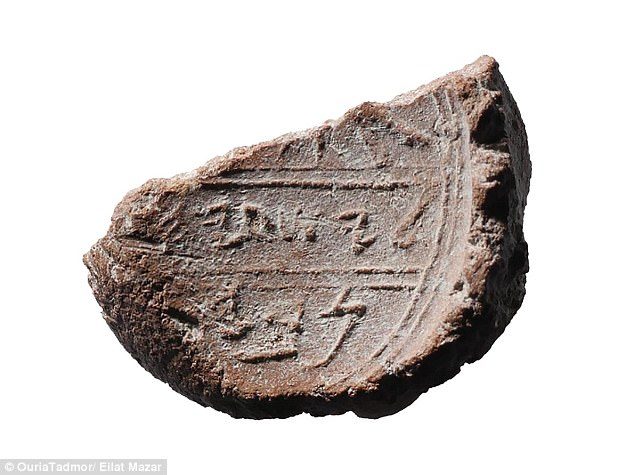
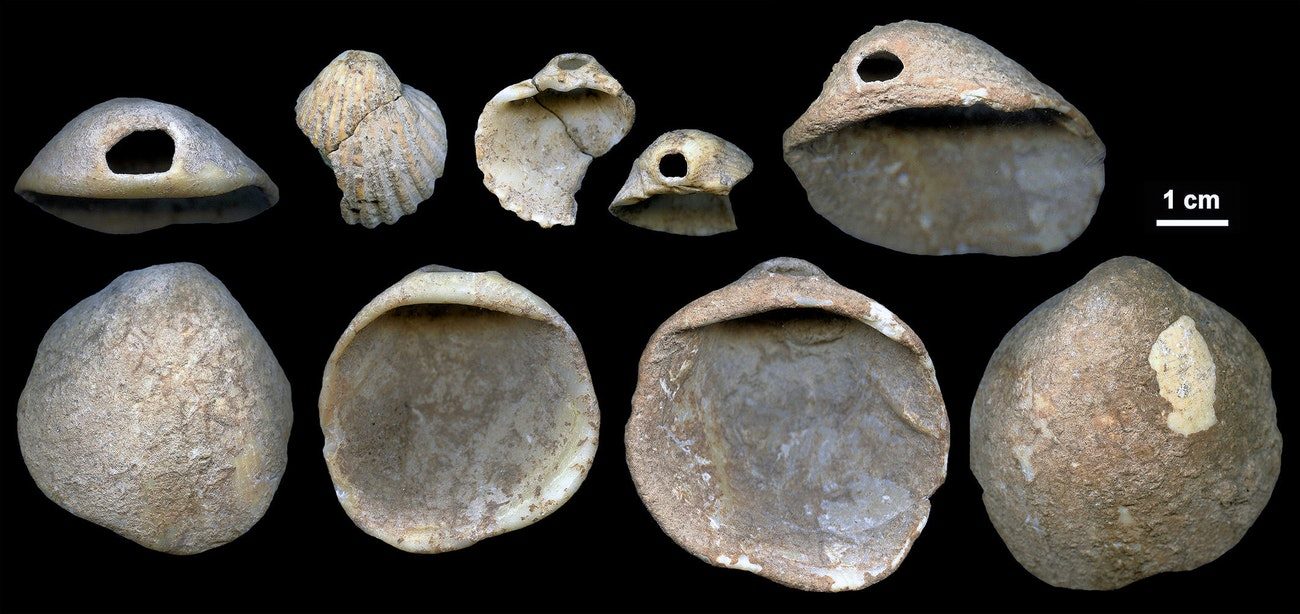
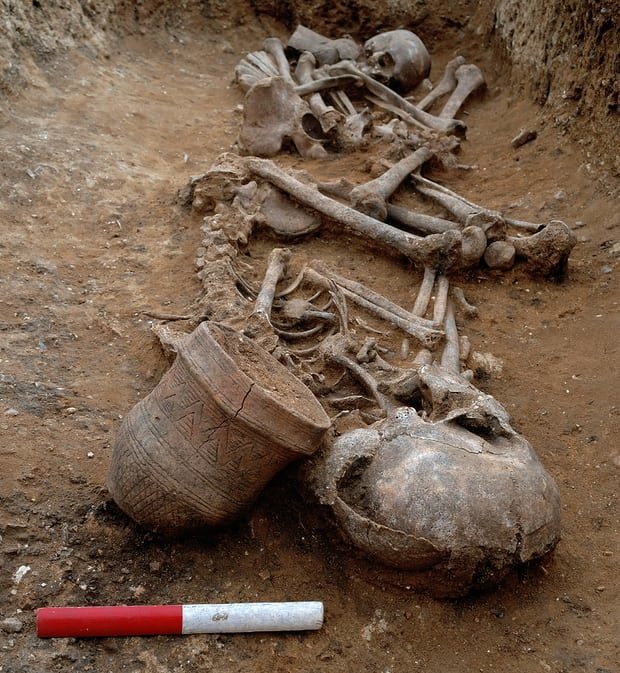
The interesting thing about the megalith builders is that the peoples who were able to perform these utterly amazing feats of engineering are still, in most circles, considered to be barbarians because they did not build cities, engage in agriculture, develop the wheel, or writing. Yet, they did something that clearly cannot be, and was not, done by "civilized" peoples who did all of those "civilized" things. They had some sort of "power" that we cannot replicate and do not understand. We also note that another of the famous megalithic arrangements is called "Carnac," suggesting that Karnak in what we now call Egypt is but an echo of an ancient reality, a name transferred by peoples on the move from their ancient homes following a catastrophe, perhaps a terrible war such as that recorded of Troy.Also See:
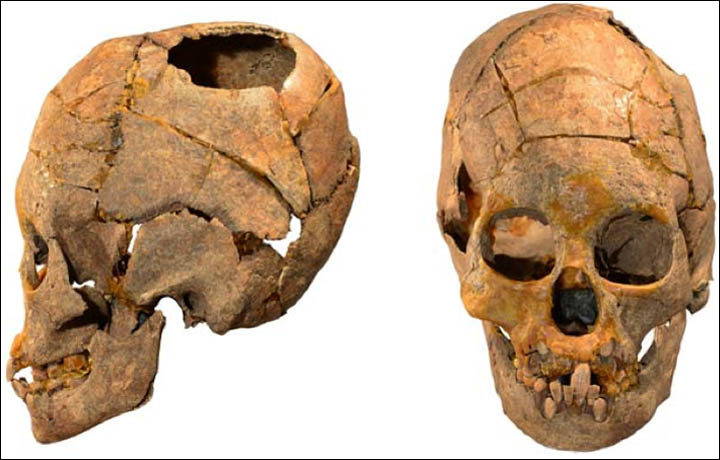
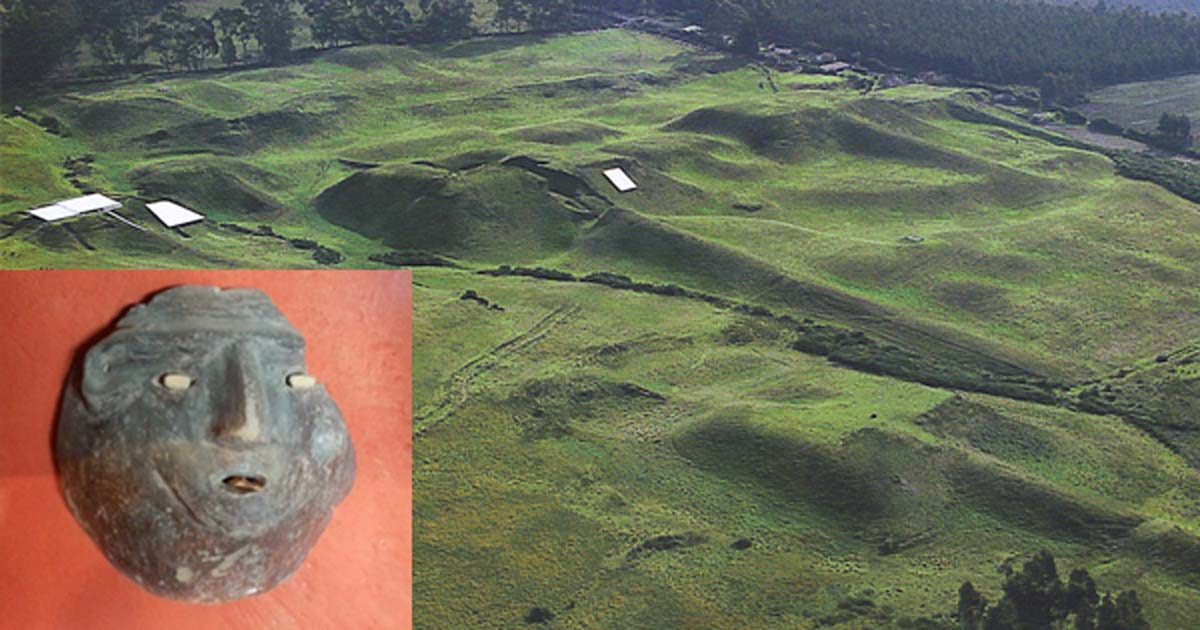
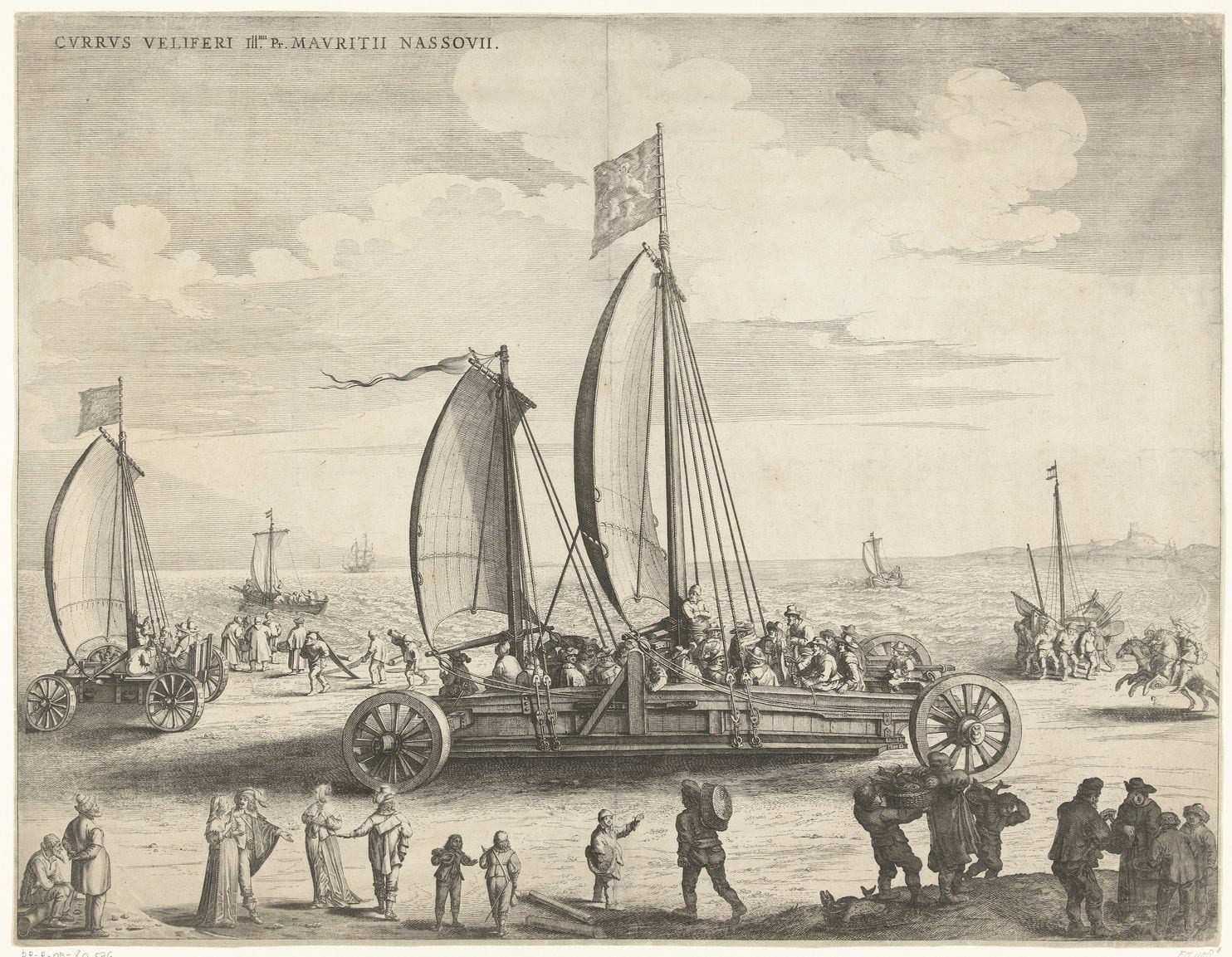
Comment: What is Pollarding? According to Wiki: See Also: